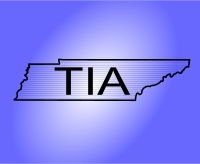August 2017 Ken Spafford, patent attorney

Ken discussed the relationship between provisional and nonprovisional applications, and the timing for filing each. Ken also discussed the risks associated with disclosing your invention, when you should build an invention prototype, what steps you should take after filing your provisional application, and the meaning of "patent pending." Ken's presentation included a broad overview of the public policy behind patent law.
The session lasted for an hour and a half, during which Ken answered questions on a wide range of patent topics, including patent protection in other countries, multiple provisional applications, continuation and continuation-in-part applications, priority disputes, and the relationship between nondisclosure agreements (NDAs) and patent applications.
A provisional patent application is an optional application to file before filing a “real” (i.e., nonprovisional) utility patent application.
A provisional application
- never turns into a patent
- is filed with the US Patent and Trademark Office but not examined
- is not disclosed to the public
- expires after 1 year
If a nonprovisional application is filed within 12 months of filing a provisional application, the inventor can claim the filing date of the provisional application in the nonprovisional application. That means, under the first-to-file system in the United States, the inventor should get a patent over anyone who files an application after the provisional application is filed.
A good reason to file a provisional patent application first is if the inventor needs more time to test the marketability of a product and determine if it makes sense to spend money on a nonprovisional application.
An inventor is forever barred from obtaining a patent if the inventor does not file some type of patent application within one year of publicly disclosing the invention, publicly using the invention, or offering products for sale that incorporate the invention.

